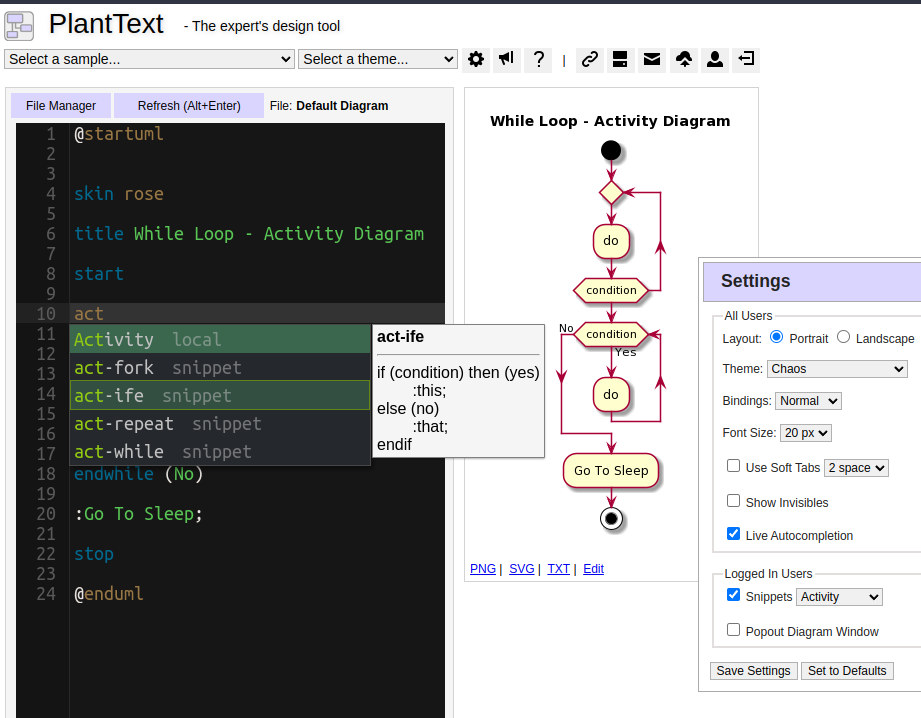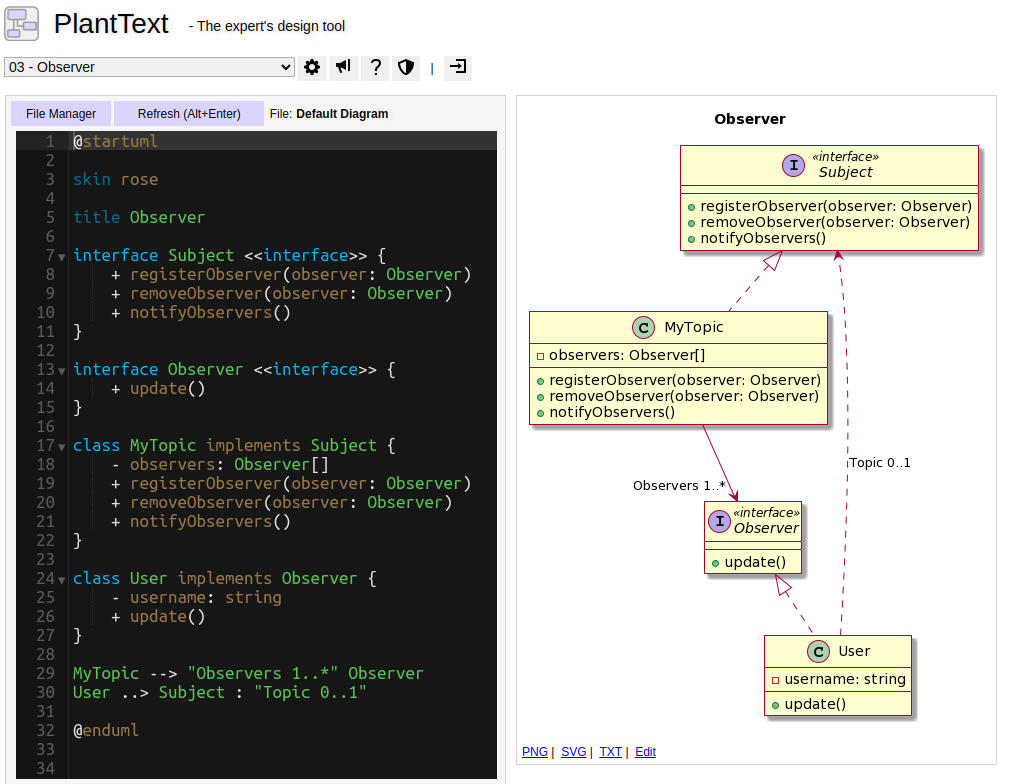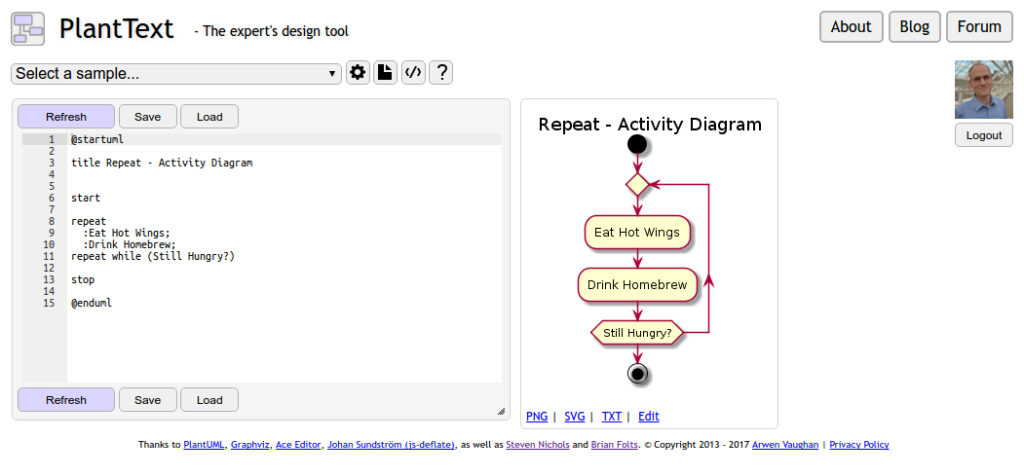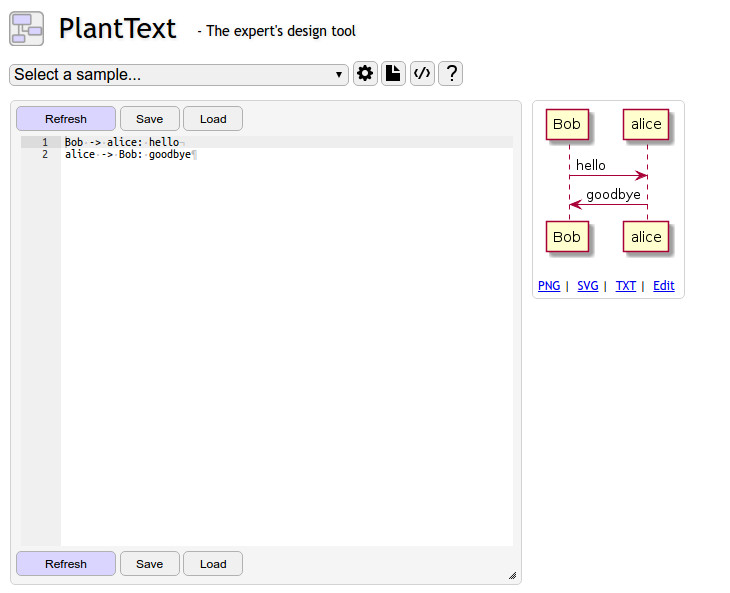Design Patterns: Singleton
In my last post on building Class Diagrams in PlantText, I mentioned I’d be kicking off a Design Patterns series. I figured we’d start simple and then build from there. You can’t get much simpler than the singleton pattern, right? So here we go. Just don’t ask ChatGPT to generate a singleton pattern for you […]







